

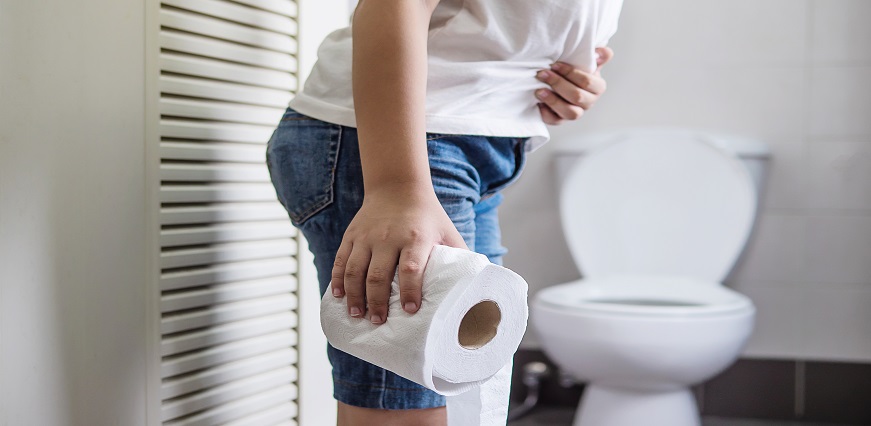
Max Lab
Nov 07, 2022
Piles, also known as hemorrhoids, are swellings that develop in and around the anal area. Internal haemorrhoids can develop inside the rectum, or they can develop close to the anal hole (external hemorrhoids). Piles are a very common condition, affecting up to one in three adults in India Symptoms include bleeding from the anus, itching, and pain. Piles are usually not a serious condition but can be very painful. Treatment options include over-the-counter creams and suppositories, as well as surgery in severe cases.
Hemorrhoidal veins in the anus and rectum that are large and inflamed are known as piles. They can be painful and bleed during bowel movements. Piles are common, affecting up to one in three adults at some point in their lives.
Pile types come in two varieties: internal and exterior. Internal piles are located inside the rectum and cannot be seen or felt from outside the body. External piles are located under the skin around the anus and can be seen and felt.
Piles are caused by increased pressure on the veins in the anal area. This can be due to pregnancy, childbirth, constipation, straining during bowel movements, sitting on the toilet for long periods of time, or obesity.
Symptoms of piles include bleeding after passing a stool, itching or discomfort around the anus, swelling or lumps around the anus, pain during bowel movements, or leakage of feces.
If you think you have piles, see your doctor for a diagnosis. They will carry out a physical examination and may also recommend a colonoscopy or sigmoidoscopy to rule out other conditions such as colorectal cancer.
Treatment for piles includes lifestyle changes such as eating a high-fiber diet, drinking plenty of fluids, avoiding constipation, and exercising regularly. Medications such as creams and ointments can also be used to relieve symptoms. In severe cases, surgery may be necessary to remove the piles."
There are three main types of piles, classified according to their position in the anal canal. They are:
Internal piles are those that develop within the anal canal. They are usually not visible from the outside and can only be diagnosed by a doctor during a digital rectal examination. Internal piles are graded according to their size and position within the anal canal, with grade 1 being the smallest and grade 4 being the largest.
Internal piles are often symptomless, but can sometimes cause bleeding during bowel movements. If they do cause symptoms, they can be treated with cream or ointments, or in more severe cases, surgery may be required to remove them.
External piles are swellings that occur outside of the anal opening. They can be itchy and uncomfortable, and sometimes they may bleed. If you have hemorrhoids, you may be able to see or feel them as lumps or bumps around your anus.
Hemorrhoids, or piles, are enlarged veins in the lower rectum and anus. They might be internal, which would place them within the rectum. Alternately, they could be external, which would place them outside the anus. Either way, when these veins become inflamed, they can cause bleeding, itching, pain, and sometimes prolapse (when the hemorrhoid bulges out of the anal opening).
Hemorrhoids are caused by increased pressure in the veins of your anus and lower rectum. The pressure causes the veins to swell and stretch, and over time they can become irritated and inflamed. Hemorrhoids can be found either inside your rectum—in which case they’re called internal hemorrhoids—or they can form under the skin around your anus, where they’re known as external hemorrhoids.
There are a number of things that can contribute to this increased pressure, including:
The most common symptom of piles is bleeding during or after passing a stool. However, not all people with piles will have bleeding, and some may only experience other symptoms, such as:
There are many different causes of piles, and often multiple factors are involved. Piles may be caused by straining during bowel movements, sitting on the toilet for long periods of time, pregnancy, obesity, or anal intercourse. Constipation or diarrhea can also contribute to the development of piles.
There are a number of different factors that can contribute to the development of piles, and these will vary from person to person. Among the more prevalent risk factors are:
If you think you have piles, the first step is to see your GP or go to your local genitourinary medicine (GUM) clinic.
Your GP will ask about your symptoms and examine your bottom for swellings. They may also want to check inside your rectum with a gloved finger.
You may be referred for a specialist opinion or for treatment if:
With our offerings in line with government-mandated prices, Maxlab offers full body checkup packages that cover an exhaustive list of tests for a comprehensive diagnosis of your health. Choose from a range of health test packages based on your needs.
There are a number of different treatments for piles, depending on the severity of your condition.
If you have mild to moderate piles, your doctor may recommend a high-fiber diet, over-the-counter (OTC) hemorrhoid creams or ointments, ice packs or warm baths. If these self-care measures don't relieve your symptoms, your doctor may prescribe stronger medications.
If you have large, painful hemorrhoids, your doctor may recommend surgery to remove them. Hemorrhoidectomy is a very effective but invasive procedure with a long recovery period. Your doctor will only recommend this option if other treatments haven't worked and if your hemorrhoids are causing severe pain and bleeding.
There are several surgical treatments for piles, which can be broadly divided into two main types: those that cut or remove the piles (excisional surgery), and those that cause the piles to shrink (ablative surgery).
There are a number of different medicines that can be used to treat piles, depending on the severity of the condition. For mild cases, over-the-counter creams and ointments can be effective in easing symptoms such as itchiness and soreness. If the piles are more severe, your doctor may prescribe a corticosteroid cream or ointment to reduce inflammation, or an anti-inflammatory medicine such as diltiazem.
For more serious cases of piles, surgery may be required. This is usually only recommended if other treatments have failed to improve the condition. There are a number of different surgical procedures that can be used to treat piles, depending on the individual case. For example, haemorrhoidectomy is a procedure that involves removing the swollen blood vessels around the anus. Stapled haemorrhoidectomy is another option which involves cutting out a section of the anal canal lining and stitching it back together. These types of surgery usually require a stay in hospital and a period of recovery afterwards.
Piles, also known as hemorrhoids, are common during pregnancy. They're caused by increased pressure on the veins in your anus and rectum.
Piles can be painful and uncomfortable. They usually go away after you give birth. But in the meantime, there are things you can do to ease the discomfort.
If you have piles, your midwife or GP can prescribe creams, ointments or suppositories to help relieve the symptoms. You can also buy these treatments from pharmacies.
Some women find relief from piles by soaking their bottom in a warm bath for 10 minutes each day. Others find that gently patting themselves dry with a clean towel after going to the toilet helps soothe the area.
Wearing loose cotton underwear or a padded panty liner may also help reduce irritation and discomfort from piles.
In men, piles are most commonly caused by constipation and straining during bowel movements. Other possible causes include obesity, prolonged sitting, diarrhea, anal intercourse, and low-fiber diets. Symptoms of piles in men include anal pain, itching, bleeding during bowel movements, and protrusion of tissue from the anus. For a diagnosis and treatment, it's crucial to consult a doctor if you encounter any of these symptoms. Treatment options for piles in men include home remedies such as sitz baths and over-the-counter creams or ointments. Hemorrhoids can sometimes only be removed surgically.
Piles, also known as hemorrhoids, are swollen blood vessels in the anal canal. They can be painful and may bleed. Piles are common, affecting up to one in three people at some point in their lives.
There are a number of things you can do to prevent piles:
There are a number of complications that can arise from piles, which is why it is important to seek medical treatment if you think you may be suffering from this condition. One of the most common complications is bleeding, which can occur when the blood vessels in the piles become ruptured. This can happen during a bowel movement or as a result of anal intercourse. If you experience bleeding from your anus, it is important to seek medical attention as soon as possible as this can be a sign of something more serious.
Another complication that can arise from piles is infection. This is usually the result of bacteria entering the open wounds caused by the piles. Infection can cause severe pain, swelling and fever, and if left untreated can lead to serious health problems such as sepsis. If you think you may have an infection, it is important to see your doctor immediately.
Finally, one of the more serious complications associated with piles is thrombosed hemorrhoids. This occurs when a blood clot forms in one of the piles, causing severe pain and swelling. If not treated promptly, thrombosed hemorrhoids can lead to tissue death and even gangrene. If you experience any of these symptoms, it is imperative that you see your doctor immediately so they can provide treatment before any permanent damage occurs.
Hemorrhoids, or piles, are enlarged veins in the lower rectum and anus. They might be internal, which would place them within the rectum. Alternately, they could be external, which would place them outside the anus. Either way, when these veins become swollen, they can cause bleeding, itching, and pain.
Most hemorrhoids go away on their own within a few days. But some do not. And for those that don't, there are treatments that can help.
If your hemorrhoids do not go away on their own or if you have severe symptoms, your doctor may recommend one of the following:
Piles, also known as hemorrhoids, are swollen blood vessels in the anal canal. They can be painful and itchy.
There are two types of piles, internal and external.
Piles are most commonly caused by straining when going to the toilet. This is usually due to constipation, but can also be caused by diarrhea. Other causes include being overweight, pregnancy and a family history of piles.
Symptoms of piles include:
There are a number of simple lifestyle changes you can make to help reduce the symptoms of piles. These include:
Yes, Drinking plenty of water helps to keep the stool soft, making it easier to pass and less likely to cause piles.
When it comes to piles, there are certain Indian foods to avoid. These include:
If hemorrhoids(piles) are particularly large or painful, your doctor may recommend a minimally invasive procedure to remove them. This can be done through surgery, sclerotherapy (injection of a chemical solution), or laser ablation.
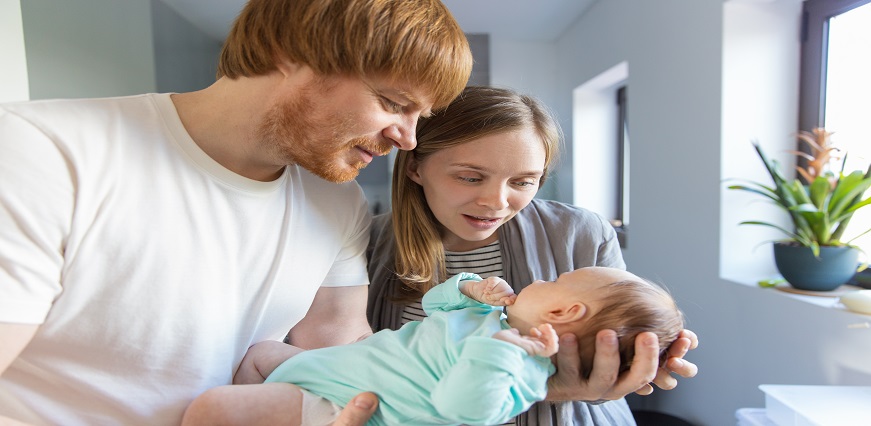
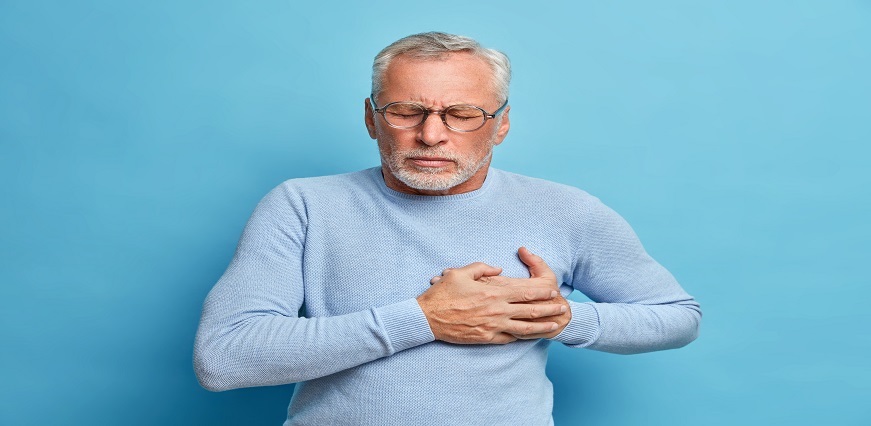
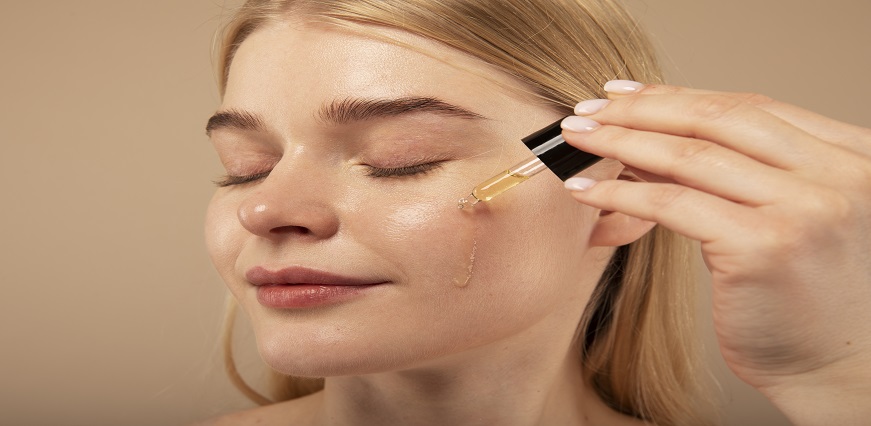
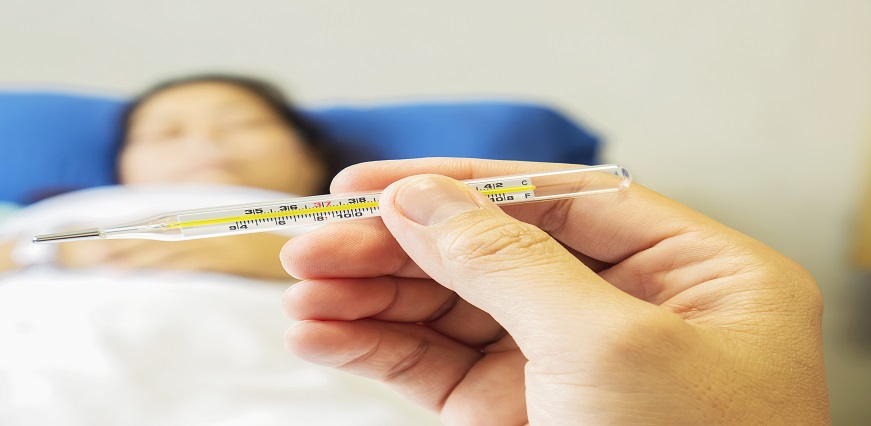

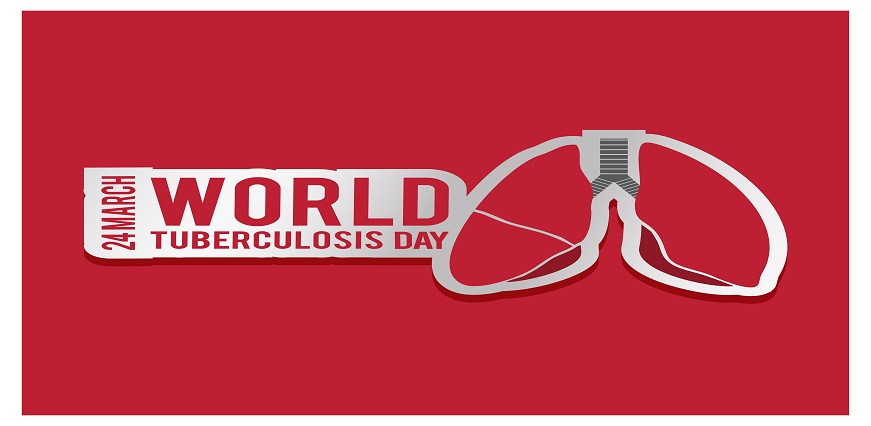
Comments